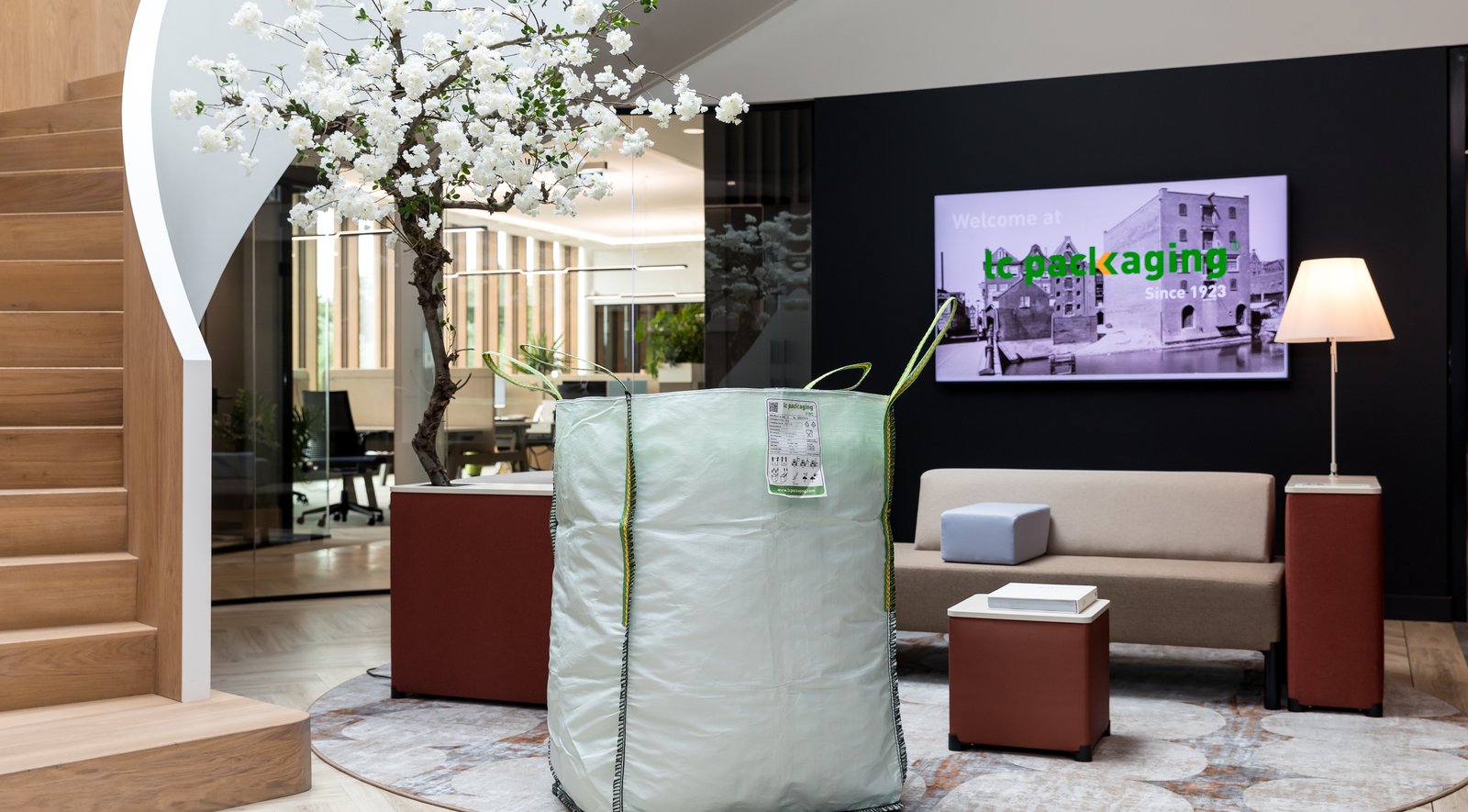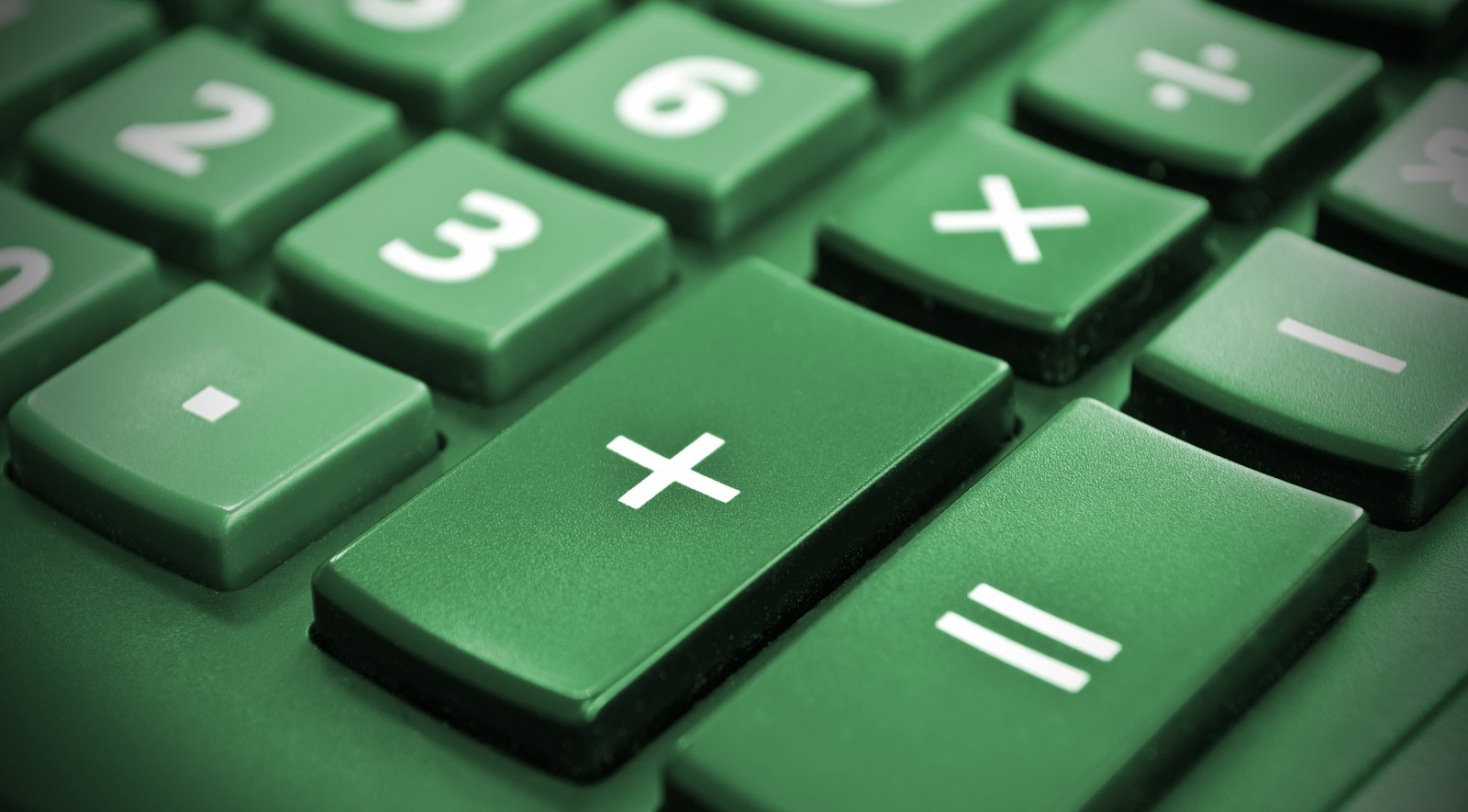Carbon footprint
Discover the CO2e footprint of your FIBCs
Discover the CO2e footprint of your FIBCs

The CO2e footprint
of a big bag
There are many different types of FIBCs. Starting with design differences (cross corner loops, standard loops, Q bags, electrostatic bags), there's also the difference between the materials used (virgin or recycled materials), the location of production, and the location of use.
Average CO2e footprint of two types of our FIBCs, produced in Bangladesh or India:
- FIBC made of virgin material: 19.5 kg CO2e
- FIBC with 30% rPP-PCR material: 17.1 kg CO2e
Calculate the CO2e footprint of your FIBCs!
Want to receive a clear environmental business case with the footprint of your FIBCs and that of the most suitable circular packaging solution?
Based on your situation, the LC Carbon Footprint Calculator delivers an exact carbon footprint:
- The total carbon footprint of the FIBC
- The cradle-to-gate carbon footprint
- A breakdown of emissions per lifecycle
- The emissions per lifecycle if the FIBC is part of a reuse programme
A tailor-made calculation for a tailor-made packaging solution!

WorldBag: Reuse to Reduce
WorldBag, our FIBC reconditioning service, offers a closed-loop formula for the reuse of FIBCs.
Used FIBCs are collected from the end user, reconditioned through air washing or wet washing, and delivered back to our customers. Our cleaning methods cover the needs of nearly every industry.
Did you know that reusing a Big Bag five times saves up to 72% of CO2e emissions?
Curious about your FIBC's footprint?
Contact us!
Are you curious about the footprint of your FIBCs and how you can decrease it? Contact your local office or contact person at Royal LC Packaging to find out more.